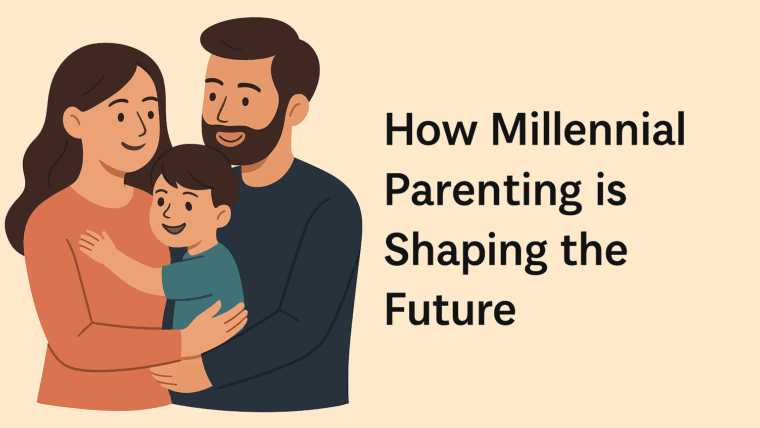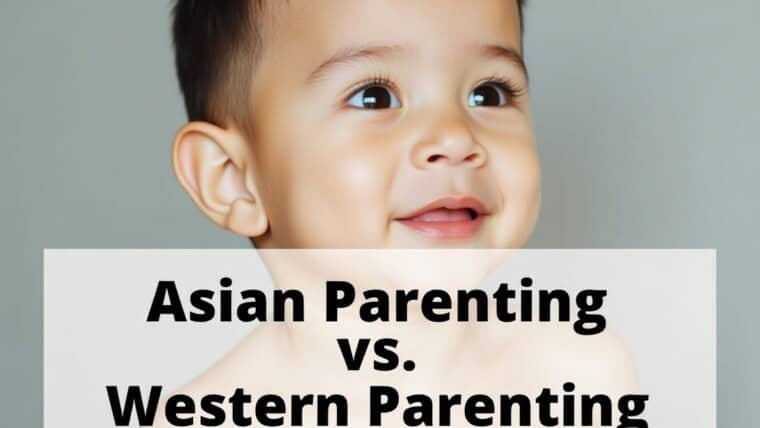Co-parenting gets very tough after separation or divorce. This is often due to strong emotions. Parallel parenting is a way for ex-partners to reduce conflicts. It helps them concentrate on their child’s well-being. In this book, we’ll cover all you need to know about parallel parenting. You’ll learn its theory and get practical tips to make it work better for you.
If you’re new to separation with kids or still weighing your options, this info will prepare you for success.
What Is Parallel Parenting?
Two parents can cut down conflicts by using parallel parenting. This helps when they can’t communicate or keep arguing. This parenting method is different from co-parenting. It needs less cooperation between parents when they communicate. Still, it ensures that children have a structured environment. Two people work on similar projects in separate spaces. They stay apart from each other while they work. Minimal communication usually means only on topics necessary, with defined boundaries or limits.
Parents may choose to use a parenting app or email to talk, rather than having many in-person meetings. This approach works best in high-conflict situations. Here, staying in touch often leads to more arguments instead of solutions. This approach really helps families dealing with divorces that lack respect. This strategy isn’t about avoiding parenthood. It seeks to create a calmer atmosphere for parents and, most importantly, for kids.
Advantages of Parallel Parenting
Parallel parenting rewards parents with major success in reducing conflicts between them. The method substantially cuts down the chances of disagreements occurring. This method helps parents who often fight with their kids over bedtime and homework. Parents reach their main goal by keeping talks about key issues about their kids to a minimum.
Children thrive on stability and structure, and parallel parenting creates a clear routine. They know what to expect in each home without getting caught up in the fray of adult argumentation. To be frank, this reduces much of the stress on one’s emotional self. With less arguing comes less stress for both parents, which enables better parenting. It also encourages individual choice. Each parent can focus on their own parenting style within certain limits.
Important Steps to Successful Parallel Parenting: Create a Thorough Parenting Plan.
It is not the time for vague agreements. Your plan should include custody schedules. It should set rules for pick-ups and drop-offs. Also, make clear decision-making guidelines. Be specific—who will make decisions about medical appointments? Who will decide on extracurricular activities?
Set Communication Limits
Avoid phone calls or in-person conversations that may turn into arguments. Use emails or apps like Our Family Wizard to stay civil and keep a record of everything.
Share Responsibilities
Define the responsibilities of each person in charge. One parent handles educational decisions. The other focuses on health issues.
Keep Child-Centered
No matter how heated things get, it is all in the interest of your child. Keep communication professional. Avoid making negative comments about the other parent in front of the kids.
How to Develop an Effective Parallel Parenting Plan
A solid parallel parenting plan is your roadmap to sanity. Start with the basics: a custody schedule, rules for communication, and clear expectations for both homes. For example, add rules about being on time for pick-ups. Also, include what to do if a parent needs to switch days. Trust me, you’ll thank yourself later for being this thorough.
Customize the plan for your family. If your child has special medical needs or dietary requirements, include them. Do not forget to take a close-up look at it every so often; it’s quite okay to have changes since times change, too.
Parallel Parenting and Managing Conflict
Parallel parenting is often like a stormy sea. The unconscious mind may remember past arguments, burying triggers deep. One of the most effective strategies I have found is to take time not to react. Counting to ten, if needed, can make the difference in eliminating instinctive responses.
Emergencies can also make things complicated. Set clear protocols ahead of time, such as who to call first or how to keep the other parent updated.
Parallel Parenting vs. Co-Parenting: Which One Is Right for You?
It often depends on how parents communicate and the level of conflict. This choice leads to either parallel parenting or co-parenting. Co-parenting thrives on collaboration, united objectives, and adaptability. Parallel parenting, though, is about establishing boundaries and reducing interaction. If every chat feels like a battlefield, parallel parenting could be your best option.
It is not a long-term situation, though. Families may switch to co-parenting when both individuals develop trust and respect. The idea here is to reevaluate and change if necessary based on what will work better for your children.
Parallel Parenting Tips: Guide Your Child in This Parenting Setup
Children are resilient, but transitions are hard nonetheless. Support them by being predictable and encouraging them to share their feelings. Bedtime chats are amazing; children tend to open up when they feel safe and heard. Watch for signs of stress, like changes in behavior or mood.
If something feels wrong, get professional help. A counselor who knows family dynamics can really help. Remember, it’s okay not to have all the answers. What matters most is showing your kids that you’re there for them, no matter what.
Resources for Parallel Parenting
Remember that you are one of many people who feel overwhelmed, and you have the option of seeking support. The Parallel Parenting Solution by Carl Knickerbocker and the Talking Parents app boost communication. Parenting coordinators and mediators are helpful resources. They help you stay focused in emotional situations.
Conclusion
High-conflict co-parenting can transform into a peaceful parallel parenting style. This change benefits the child. Post-divorce parenting can be easy if you set boundaries, work on a plan, and focus on your child. Ready to move forward? Start your parallel parenting plan today. It will help your child feel stable.







